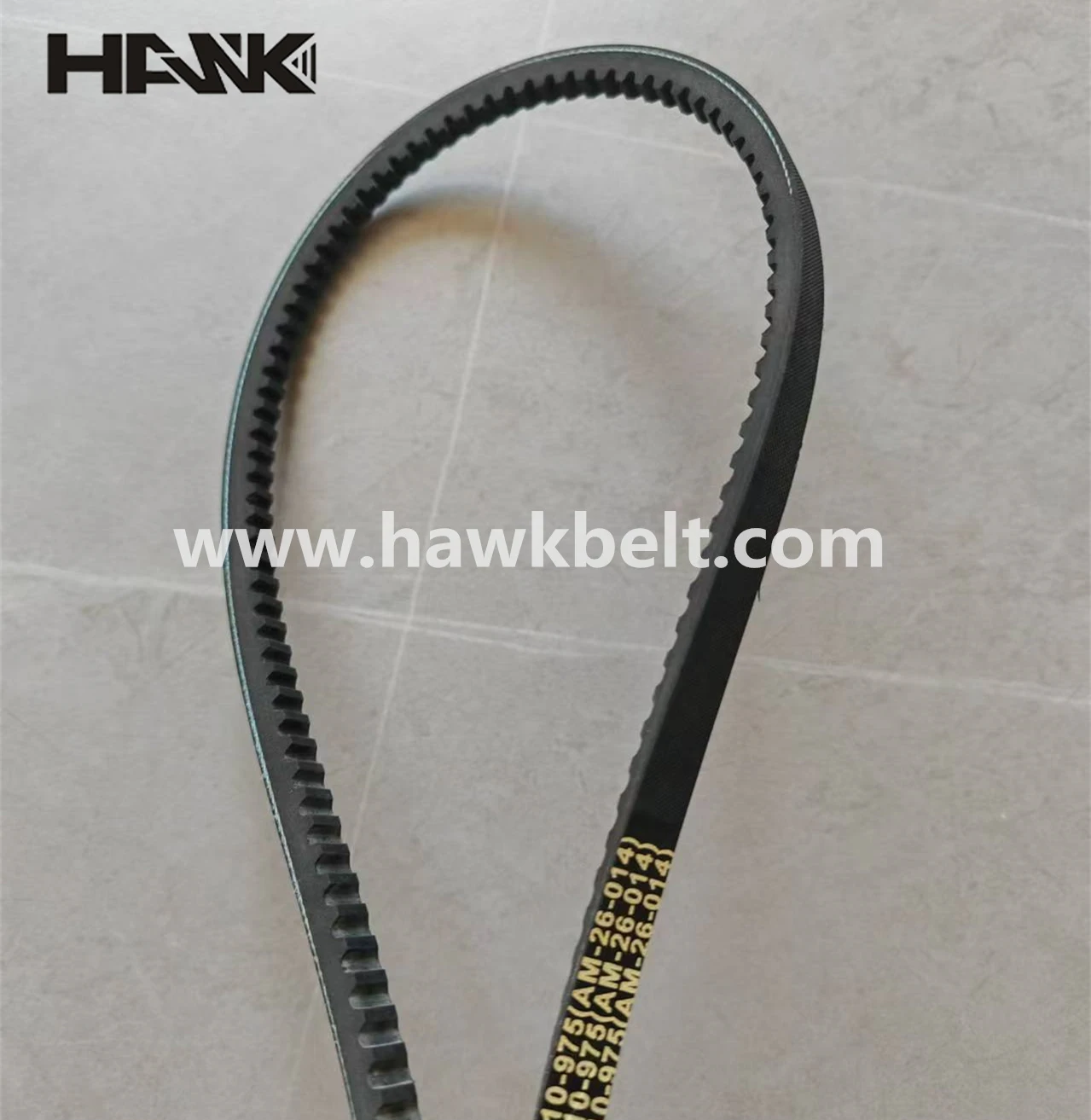- Arabic
- French
- Russian
- Spanish
- Portuguese
- Turkish
- Armenian
- English
- Albanian
- Amharic
- Azerbaijani
- Basque
- Belarusian
- Bengali
- Bosnian
- Bulgarian
- Catalan
- Cebuano
- Corsican
- Croatian
- Czech
- Danish
- Dutch
- Afrikaans
- Esperanto
- Estonian
- Finnish
- Frisian
- Galician
- Georgian
- German
- Greek
- Gujarati
- Haitian Creole
- hausa
- hawaiian
- Hebrew
- Hindi
- Miao
- Hungarian
- Icelandic
- igbo
- Indonesian
- irish
- Italian
- Japanese
- Javanese
- Kannada
- kazakh
- Khmer
- Rwandese
- Korean
- Kurdish
- Kyrgyz
- Lao
- Latin
- Latvian
- Lithuanian
- Luxembourgish
- Macedonian
- Malgashi
- Malay
- Malayalam
- Maltese
- Maori
- Marathi
- Mongolian
- Myanmar
- Nepali
- Norwegian
- Norwegian
- Occitan
- Pashto
- Persian
- Polish
- Punjabi
- Romanian
- Samoan
- Scottish Gaelic
- Serbian
- Sesotho
- Shona
- Sindhi
- Sinhala
- Slovak
- Slovenian
- Somali
- Sundanese
- Swahili
- Swedish
- Tagalog
- Tajik
- Tamil
- Tatar
- Telugu
- Thai
- Turkmen
- Ukrainian
- Urdu
- Uighur
- Uzbek
- Vietnamese
- Welsh
- Bantu
- Yiddish
- Yoruba
- Zulu
დეკ . 29, 2024 01:06 Back to list
Exploring the World of Motor Belts and Their Applications in Various Industries
The Importance of Motor Belts in Mechanical Systems
Motor belts are an essential component in the realm of mechanical engineering and machinery. Often overlooked, these simple yet vital parts play a crucial role in transferring power from one component to another, facilitating the operation of various machines and systems. Understanding their function, types, and maintenance is key for anyone involved in engineering, manufacturing, or mechanical maintenance.
What are Motor Belts?
Motor belts are flexible loops made from a variety of materials, commonly rubber, but can also be constructed from synthetic fibers or metal. Their primary function is to transmit power between rotating shafts, ensuring that machines operate smoothly and efficiently. Commonly found in vehicles, appliances, industrial machinery, and HVAC systems, they are designed to handle various loads and speeds.
Types of Motor Belts
There are several types of motor belts, each suited for specific applications
1. V-Belts These are the most common type of motor belts. They have a trapezoidal cross-section and fit into grooves on pulleys. The angled edges provide a firm grip and allow for efficient power transfer, making them ideal for automotive and industrial applications.
2. Timing Belts Also known as synchronous belts, timing belts feature evenly spaced teeth that fit into matching grooves on pulleys. This design ensures that the belt remains aligned and does not slip, making it crucial for applications where precise timing is necessary, such as in engine timing mechanisms.
3. Flat Belts Flat belts are less common today but were widely used in older machinery. They consist of a flat surface and are used in applications requiring lower power transmission and higher speeds. Their simplicity and ease of replacement make them suitable for various light-duty applications.
4. Round Belts These belts are round in cross-section and are typically used in applications with light loads and high speeds. Their flexibility allows for easier routing around pulleys and other components.
motor belts

Applications of Motor Belts
Motor belts are ubiquitous in a range of industries. In automotive applications, they transfer power from the engine to various components like the alternator, power steering pump, and air conditioning compressors. In manufacturing, conveyor belts are used to move products along assembly lines. HVAC systems use belts to drive fans and compressors, ensuring proper airflow and temperature regulation.
Maintenance and Troubleshooting
To ensure the longevity and efficiency of motor belts, regular maintenance is essential. Here are some tips
- Regular Inspections Check for signs of wear, such as cracks, fraying, or glazing. A worn-out belt can lead to slippage, reduced efficiency, or complete failure.
- Proper Tensioning Belts must be properly tensioned to avoid slipping and premature wear. Over-tensioning can lead to additional strain on bearings and pulleys.
- Alignment Misalignment can cause uneven wear and reduced performance. Regularly check and adjust the alignment of pulleys and shafts.
- Temperature Management High temperatures can degrade belt materials, leading to premature failure. Ensure that belts are kept within their operational temperature range.
Conclusion
Motor belts may seem like simple components, but their importance in mechanical systems cannot be overstated. They play a crucial role in ensuring machinery operates efficiently, smoothly transmitting power where it's needed. By understanding the different types of motor belts, their applications, and the necessary maintenance, individuals and businesses can enhance the performance and longevity of their equipment. Whether you're in automotive repair, manufacturing, or general mechanical maintenance, appreciating the function and importance of motor belts is essential for success in the field. Investing time into the maintenance and understanding of these components can save time and resources in the long run, leading to more efficient operations and improved productivity.
-
Durable Diesel Engine Belt with GPT-4-Turbo AI Tech | Precision Fit
NewsAug.04,2025
-
High-Quality Tensioner Belt Pulley - Durable & Efficient
NewsAug.03,2025
-
Premium Timing Belt Factory | AI-Optimized Solutions
NewsAug.02,2025
-
Premium Custom V Belts Enhanced with GPT-4 Turbo AI
NewsAug.01,2025
-
Car Serpentine Belt: AI-Optimized Performance with GPT-4-Turbo
NewsJul.31,2025
-
Heat Joining Drive Belt | High-Durability Fusion Solution
NewsJul.31,2025

